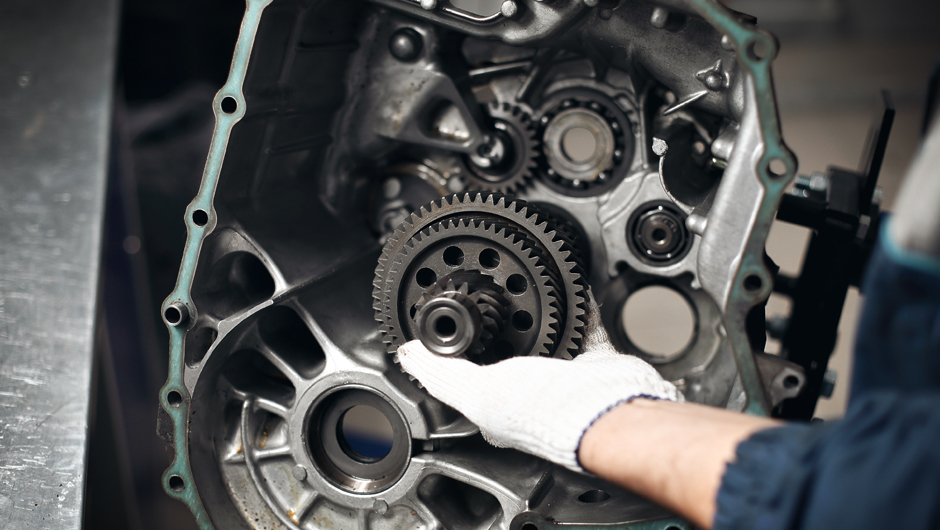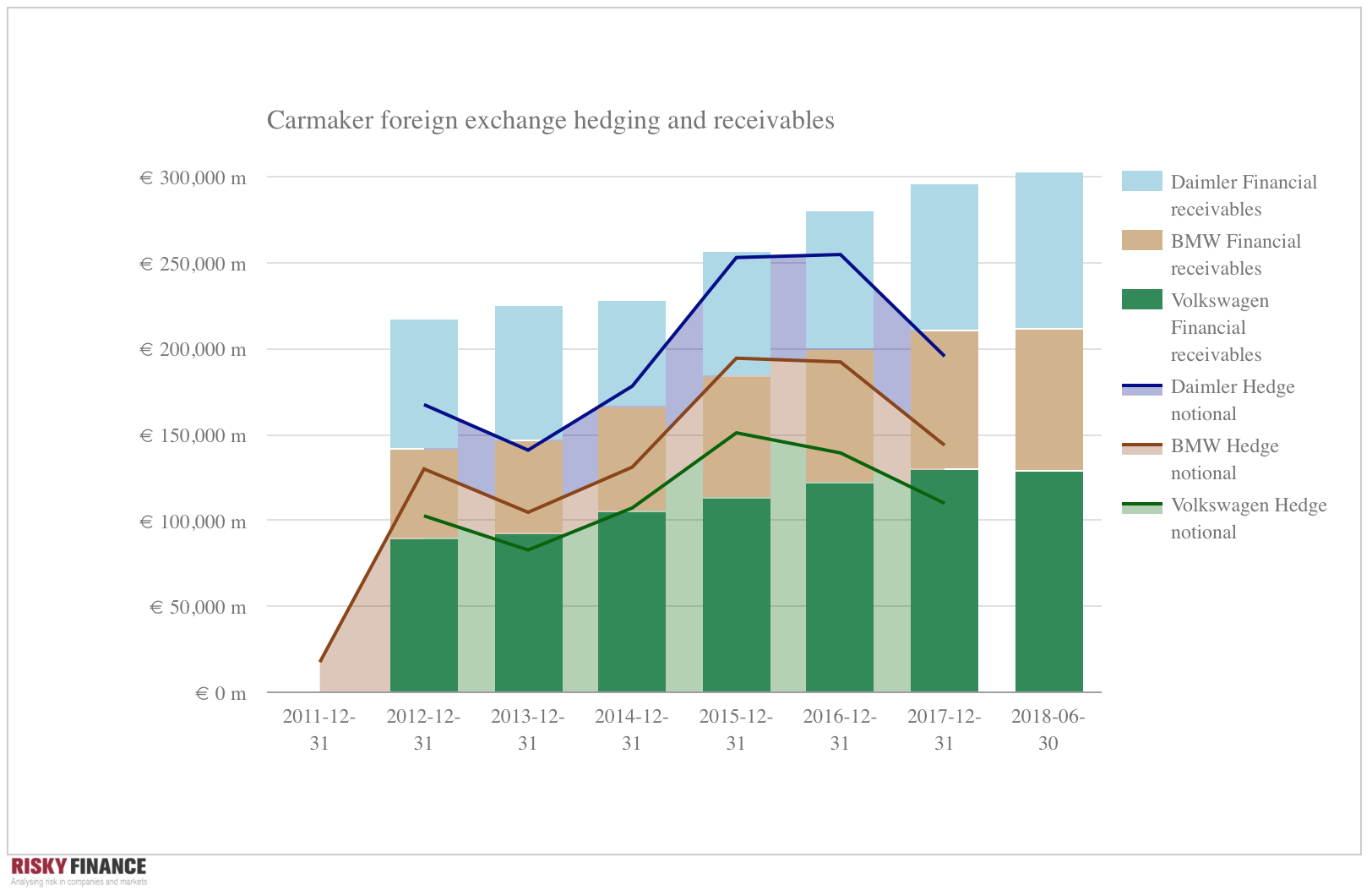German automakers cut renminbi FX hedging as China credit exposure rises

VW, BMW and Daimler reduced their FX hedges while they moved production overseas. But as a trade war escalates their Chinese credit exposure has reached eye-watering levels. Nicholas Dunbar reports.
Volkswagen, BMW and Daimler, three of the world’s biggest exporters of luxury cars to China, are reducing hedging against currency swings as they increase local production – resulting in surge in their Chinese credit exposure. As a tit-for-tat trade war between China and the US escalates, this poses a risk management challenge.

Stuttgart-based Daimler, which sold 600,000 Mercedes cars in China last year, reduced its FX hedging to €51.8 billion notional in 2017, which when expressed as a proportion of foreign currency sales is the lowest since 2011. Munich-based BMW, which sold 590,000 cars in China in 2017 also saw its hedging fall to a six-year low in notional terms, according to its annual reports.
According to BMW spokesman Max-Morten Borgmann, “As some currencies (e.g. USD) showed significant undervaluation in 2015 and 2016, we decided for higher hedging volumes in these years. Certain volumes expired in 2017, leading to positive hedging effects in the automotive EBIT”.
Car giant Volkswagen sold 4.1 million vehicles in China last year, including its 600,000 of its luxury Audi and Porsche brands. The Wolfsburg-based company cut its FX hedging by 27% in 2017 to €94 billion notional, the lowest as a proportion of non-euro sales since 2013.
The hedging declines come after the three companies have made concerted efforts to move production overseas, particularly to China. For BMW this means that the currency exposure it reports to the Chinese renminbi-euro exchange rate has stayed static at €10 billion, while Chinese revenues climbed to €18.3 billion, making the country BMW’s biggest single market.
However, the production shifts and popularity of the cars with Chinese consumers mean that currency risks have been transformed into credit risk. The three companies have large financing arms whose exposures have surged in recent years.
Daimler’s financial receivables – outstanding loans to customers to buy Mercedes cars – have grown by 21%, reaching €91 billion in June this year. Financial receivables at BMW jumped by 54% over the same period, helped by Chinese growth. Consumers in China now account for around 15% of the company’s €83 billion financial receivables, according to its reports. According to Borgmann, the exposure is “collateralized by the respective vehicles as well as high down-payments and relatively short contract periods”.
At Volkswagen, the company has invested heavily in Chinese joint ventures and it now plans to export vehicles produced in the country. This strategy means that the number to watch is not just financing receivables, but overall credit exposure, which includes trade and bank counterparties as well.
This figure has climbed by 54% since 2011 to its current level of €168 billion. At the end of 2017, 29% or €49 billion of this was Chinese credit exposure, according to Volkswagen. This amounts to nearly two thirds of the carmaker’s equity market capitalisation. Much of this exposure is collateralised, the company says.
Given that the International Monetary Fund predicts that Chinese gross domestic product will overtake the United States in the 2030s, such bets may pay off for Volkswagen and the other two companies. But the patchy record of the IMF at predicting financial crisis suggests that these bets may be risky.
A Volkswagen spokesman declined to comment. Daimler didn’t respond to a request for comment.
Want to know more?
Join the global treasury community at the leading international treasury event, 26-28 September 2018 in Geneva. Take just 2.5 days to update on the latest trends in treasury and network with an audience of 2,000+ senior-level treasury professionals.